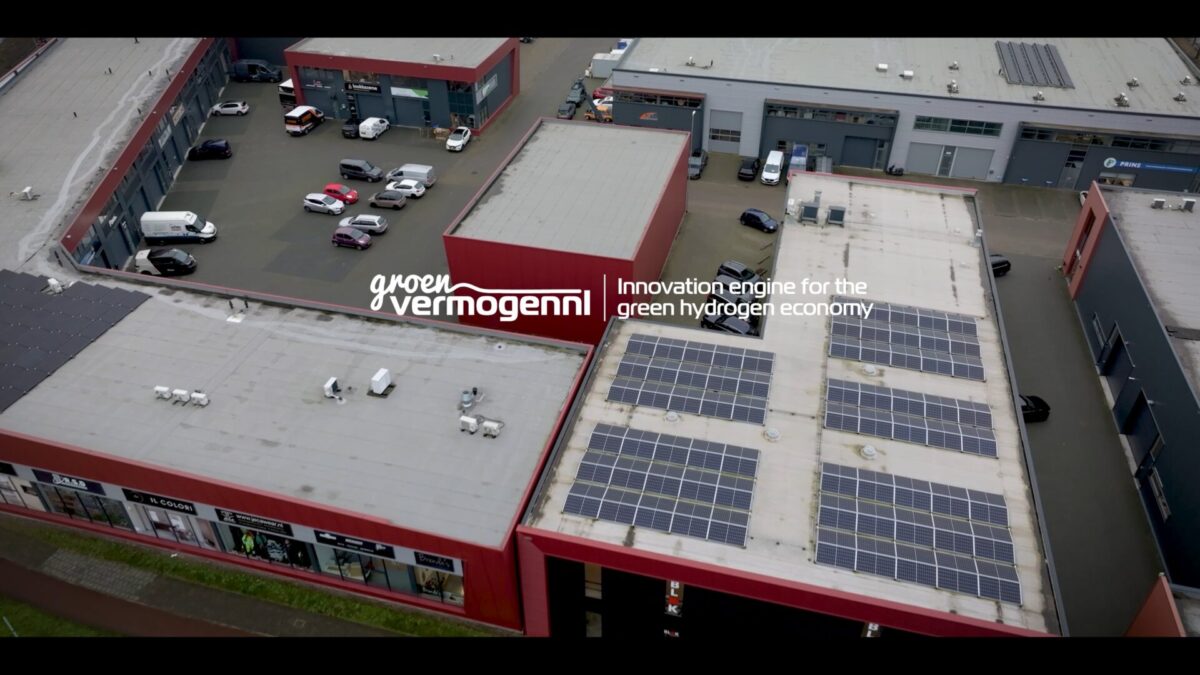Hydrogen & green e- for C-based chemistry
Goal
The adoption of renewable hydrogen produced with green electrons, as well as the direct use of green electrons, can enhance the sustainability of current chemical conversion processes. This approach will allow us to directly reduce the carbon footprint of the petrochemical and chemical industries.
What do we hope to achieve?
We have identified three key pathways that will enable us to meet these targets:
- The widespread adoption of green hydrogen to directly replace fossil hydrogen.
- Using green electrons to directly heat chemical conversion processes to high temperatures.
- The direct use of green electrons to perform large-scale electrochemical reactions. This pathway makes it possible to produce bulk chemicals like ethylene, propylene, and their oxides, as well as fuels and components such as methanol and kerosene, directly from CO2. This approach reflects a gradual but substantial shift to circular chemical production plants, helping to make our chemical plants both greener and more innovative.
Within this theme, our focus is on:
- Using renewable hydrogen directly to cut CO2 emissions in large-scale production plants. These facilities produce transportation fuels (such as petrol, diesel, and kerosene), bulk chemicals (such as alcohols, olefins, and aromatics), and materials (such as plastics and coatings and their precursor molecules).
- Greening the heat generation in these large-scale chemical production plants by using green electrons directly to heat energy-intensive processes (such as endothermic processes).
- Greening the conversion processes in these large-scale chemical production plants by using green electrons directly to convert energy-intensive processes (such as electrochemical processes and plasma technology).
Activities
How do we intend to achieve that?
We will achieve that by developing:
- Stable, poison-resistant catalytic materials, more efficient reactor technologies, integrated CO2 capture, and hydrogenation processes for the production of formaldehyde, methanol, dimethyl ether (DME), and ethylene.
- Cutting-edge reactor designs and technologies that harness green electrons to heat or illuminate large-scale reactors.
- One or more small-scale pilot plants that use light and heat derived from green electrons to provide heat for endothermic chemical processes.
- New catalyst-reactor combinations and pilot plants for the electrochemical conversion of CO2/CO into fuels and chemicals (such as converting CO2 into propylene).
Zo werken we samen aan het thema Waterstof en groene elektronen voor koolstofgebaseerde chemie
Het gebruik van hernieuwbare waterstof, direct geproduceerd uit groene elektronen of door direct gebruik van groene elektronen, kan bestaande chemische conversieprocessen duurzamer maken. In deze film zie je hoe verschillende partijen in workshops samenwerken aan adviezen en onderzoek om een succesvolle implementatie van groene waterstofsystemen te garanderen.

Do you have any questions about the R&D theme Hydrogen & green e- for C-based chemistry? If so, please contact us:

Maryam Alimoradi Jazi
Programma Manager

